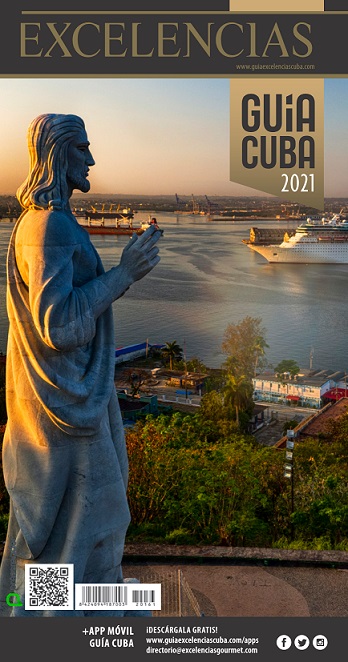Women's International Day has been observed since over eight years ago. Women and men who advocate for the cause of women, celebrate worldwide her efforts and devotion in reaching equality, justice, peace and development. Beyond national frontiers, and ethnic differences, language barriers, as well as cultural, economic and political gaps, women for all over the world observe this day and iterate the conscious thought behind the fact that they are entitled no only to half the obligations, but also to their rights, too. Women's International Day was declared in 1910 by Clara Zetkin, a German member of the International Trade Union of Seamstresses, during the International Congress of Coppehague’s Socialist Women in Denmark. The commemoration was singled out to pay tribute to a group of women who bravely seized control of a New York City's textile factory in 1857 to demand equal wages and a 10-hour working day.The owners' reply to this demand was to set the seized factory on fire. 129 female workers died.The United Nations, as a major world forum and international arena, applauded the celebration of Women's Day in many other countries. By passing Resolution 32/142, all nations were summoned to set aside, according to their own traditions and national customs, one day of the year to observe the United Nations Day for Women's Rights and International Peace.






